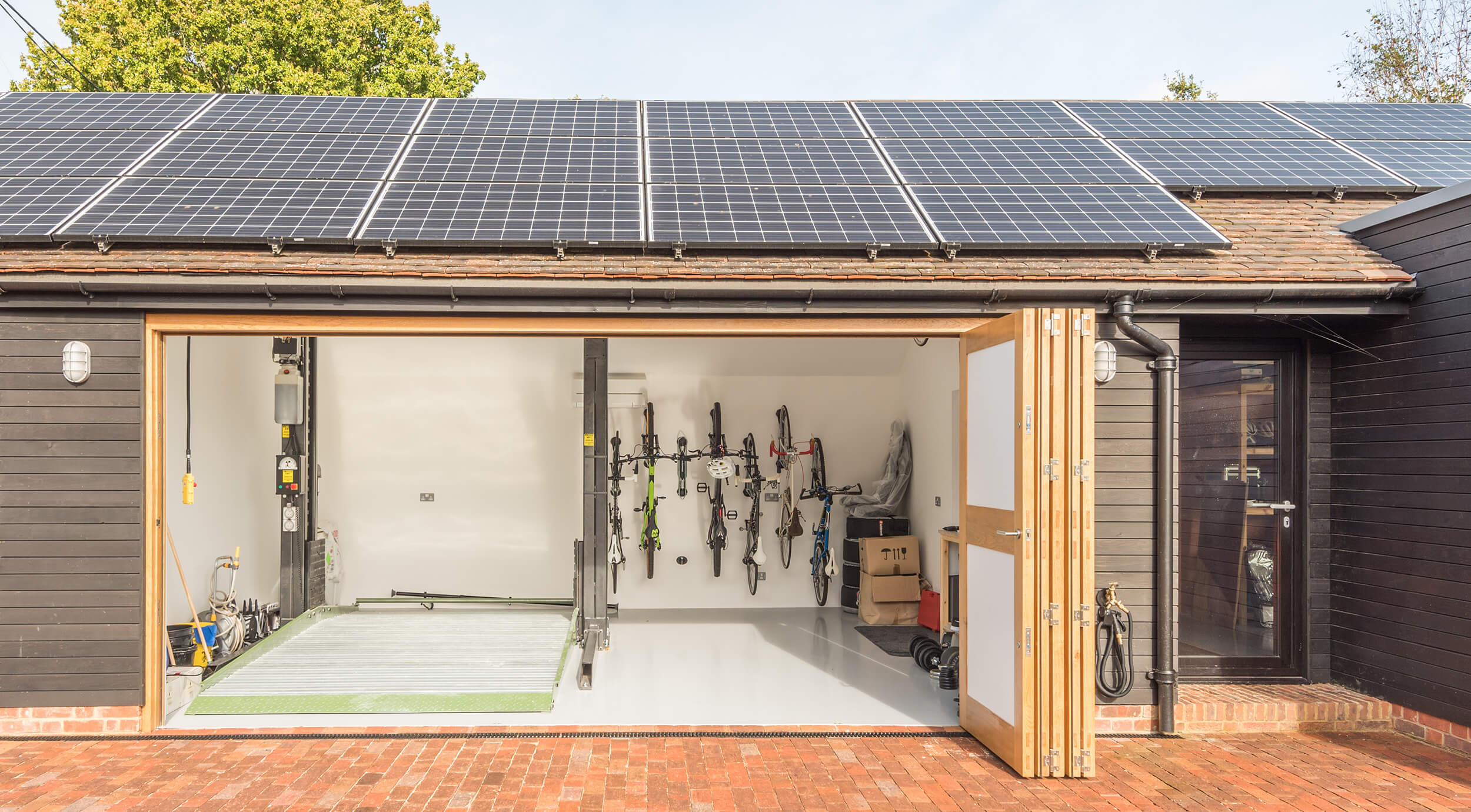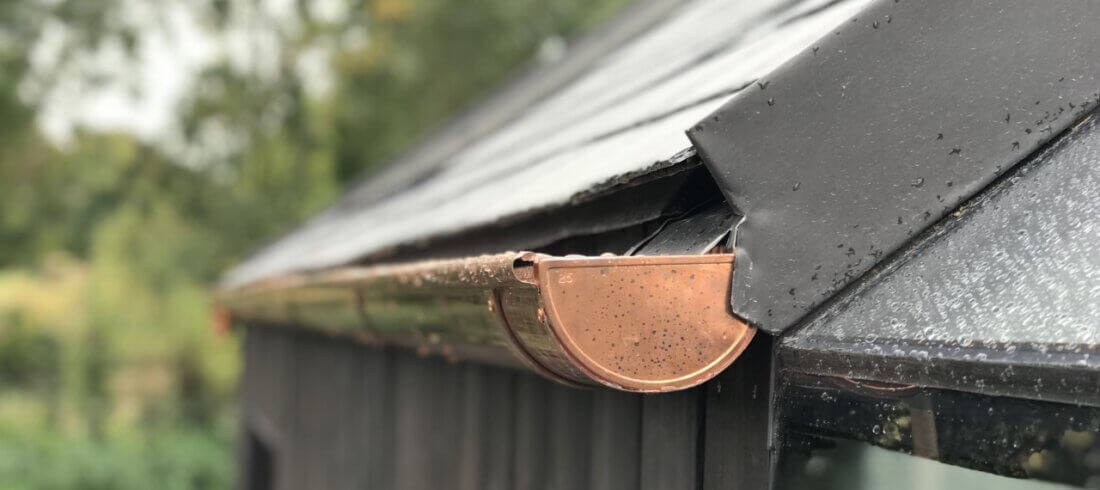
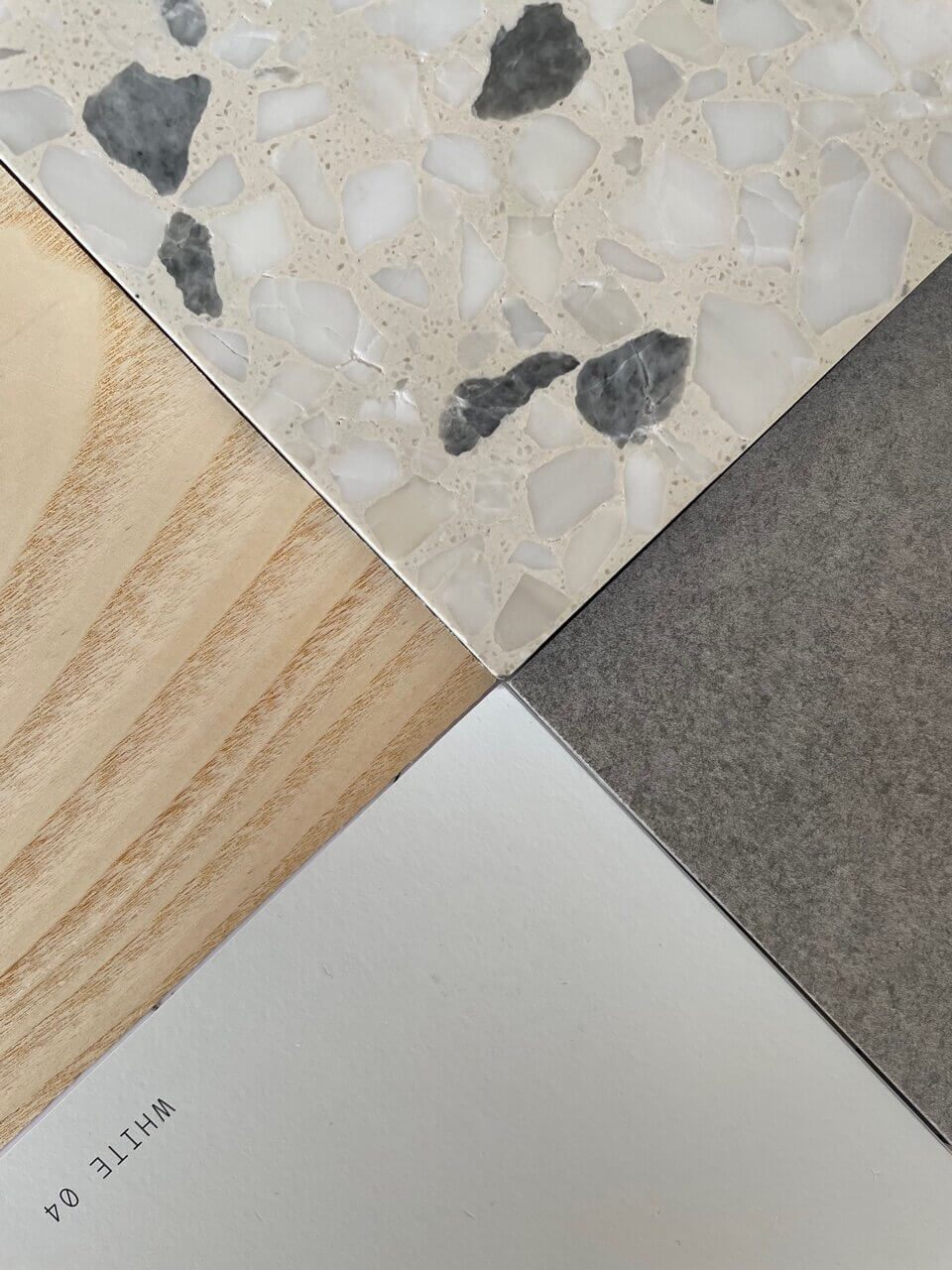
We use materials that promote heathy living by creating light, breathable, tactile environments designed for people to live in. It is key to look into the materials that are used in the construction process and specify sustainable, low carbon products where possible. A few examples of these are timber fibre insulation, low VOC breathable paints, renewable structural materials and low carbon aggregates. We like to use natural, locally sourced products where possible and feel these give not only a sense of place within the context of the location of the site, but help to reduce the carbon footprint of products and ultimately the building itself.
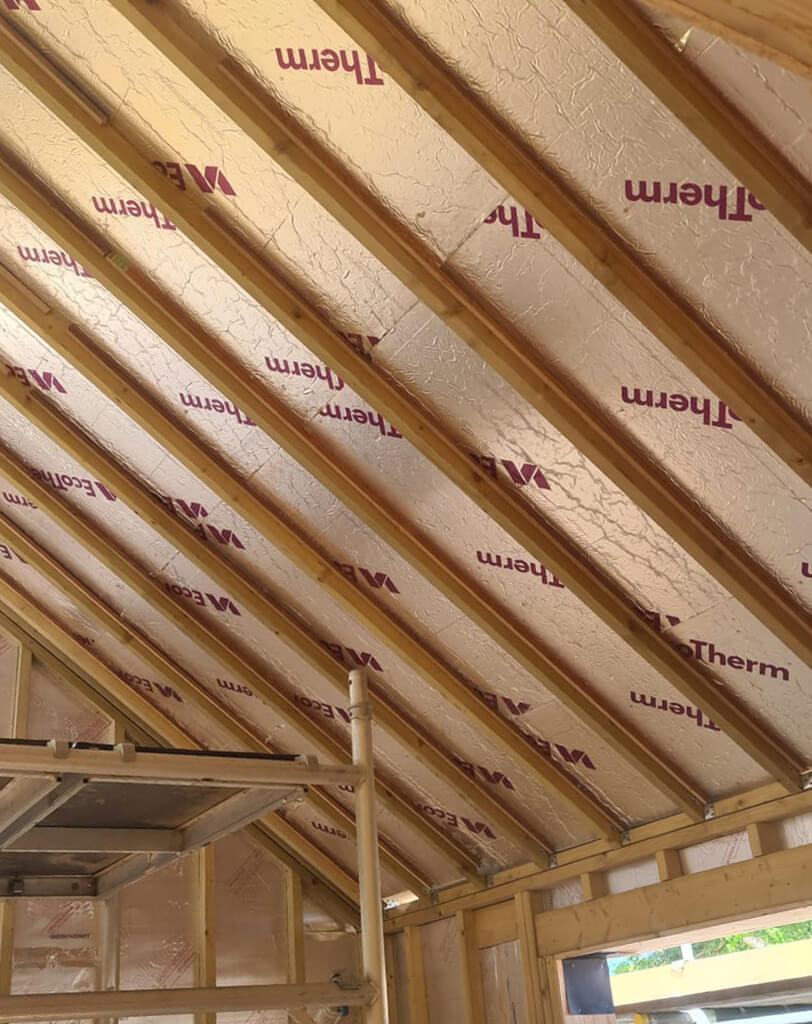
With rising energy prices it is imperative to look at the energy demand of the property. This can be approached in several ways. Insulation is a good starting point as this is a passive solution and provided it is installed correctly it will hugely benefit the house and its occupants. Another aspect is the services used in the building. It is key to look at installation of underfloor heating (UFH) in well insulated new build houses or renovations/extension. UFH can provide a great way to heat a home while heating water to only 35° (standard radiators require 60-70°) and will reduce the energy demand of the house. It is best to try and install a heavy weight floor to allow for good thermal mass. Glazing is another key area, it is important to use products that are efficient and use a combination of warm and robust materials for longevity. Around 10% of energy loss from a dwelling is though the windows and doors so installation and products have to be chosen carefully. It can also help to install triple glazing on all or mainly north facing facades to minimise heat loss.
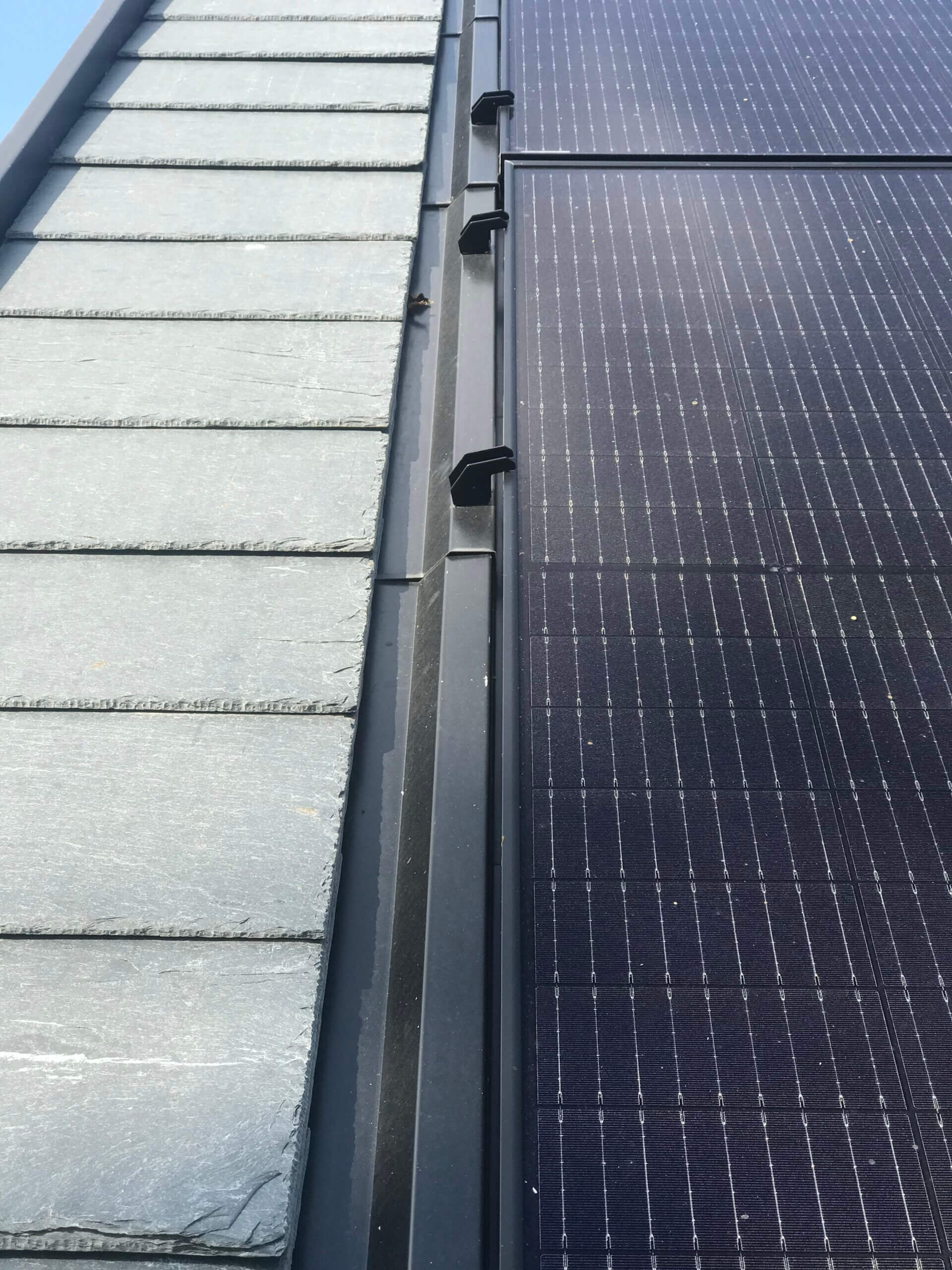
Renewables have become cheaper and more efficient over the last 30-40 years which means there will almost always be a solution to help decarbonise your home. Photovoltaic panels now come in a range of sizes and efficiencies, along with different visual appearances and installation methods. There are also renewable heating sources such as Air and Ground Source Heat Pumps (ASHP / GSHP). Depending on the site and surroundings it may be that one of these technologies is available to use in your project. Mechanical ventilation with heat recovery (MVHR) is also a useful technology used to remove warm moist air from the property while keeping the heat in the house by use of a heat exchanger, this can also help to redistribute heat around the house from say a warm south facing facade to cooler north facing rooms.
– All of these elements help to manage the suns energy. In the summer months the sun is hot and high in the sky so having a veranda/overhang allows for this hot sun to be shaded from the main living space. In the winter the sun is low and will shine below the veranda roof/overhang and into the building. Polished concrete screed is a good floor finish to work with in these instances as it has a high thermal mass, so when the sun shines on it it heats up throughout the day and pays it back at night.
Airtight construction
– This is key as a large portion of heat energy is lost through poor quality workmanship and non-airtight construction. This means that window and door junctions, pipe penetrations and other vents etc are air-tightly sealed to the building. This coupled with MVHR make for a very efficient dwelling but keeping the heat generated in the building inside.
Mechanical ventilation with heat recovery
– This keeps the heat in and removes the damp air from the property. A heat exchanger will transfer the heat of the outgoing air to the incoming air with great efficiency and help to retain heat in the property. This can also be used for summer cooling.
Reduction in thermal bridging and robust insulation detailing
– Cold-bridges are areas where insulation is not continuously wrapped around the building. In passive haus or low energy design it is even more important as the more insulation you have the worse and area of cold bridging will present, for example the water vapor in the air is more likely to condense on a cold spot in the building (ie a cold bridge). Consequently, you can get mould growth and condensation occurring.
